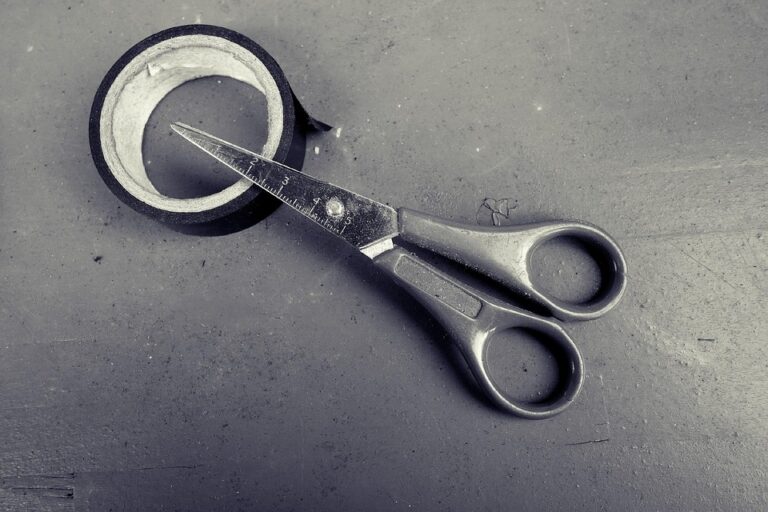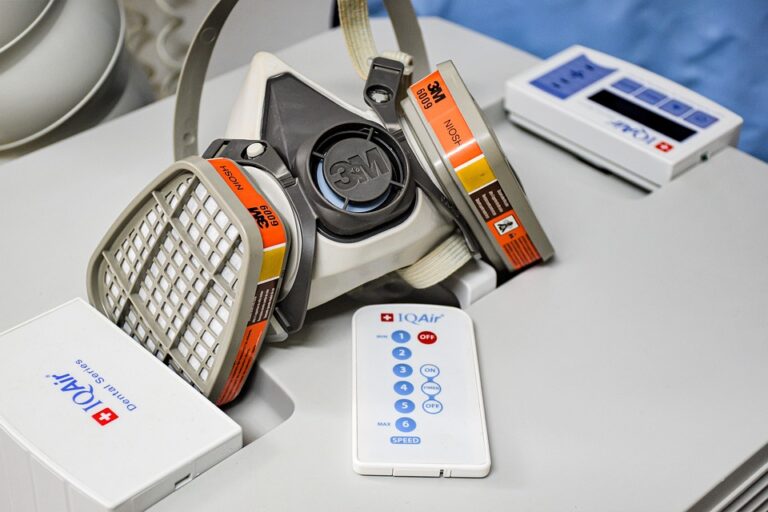how to use double sided tape
[ad_1]
Introduction to the Versatile World of double sided tape
Double sided tape, often underestimated, is a powerful adhesive tool used in a vast array of applications, from household DIY projects to complex industrial settings. Its ability to bond two surfaces together without visible fasteners like nails or screws makes it an indispensable asset for crafters, homeowners, and professionals alike. This guide will explore the different types of double sided tape, how to choose the right one for your needs, and provide a step-by-step guide to using it effectively.
Types of Double Sided Tape: A Comprehensive Overview
The world of double sided tape isn’t a monolith. Different tapes are designed for different purposes, based on factors like the materials being bonded, the weight of the object, and the environment the bond will endure. Here’s a breakdown of common types:
- General Purpose Double Sided Tape: This is your everyday, all-rounder tape. It’s ideal for light-duty tasks like mounting photos, securing decorations, and crafting projects. It’s often made with acrylic adhesive.
- Foam Double Sided Tape: Offers excellent cushioning and gap-filling capabilities. The foam core provides shock absorption and is often used for mounting items on slightly uneven surfaces. Common applications include mounting car accessories, decorative trim, and weather stripping.
- Cloth Double Sided Tape: Known for its strength and durability, cloth double sided tape is ideal for heavier-duty applications. The cloth backing provides added reinforcement, making it suitable for attaching carpets, securing rugs, and bonding materials that require a strong, long-lasting hold.
- Removable Double Sided Tape: Designed for temporary applications, this tape provides a strong hold but can be removed without leaving residue or damaging surfaces. It’s perfect for hanging posters, attaching temporary signage, and securing items for short-term displays.
- Mounting Tape (Heavy Duty): Specifically formulated for holding significant weight, mounting tape provides an exceptionally strong bond. It’s often used for mounting mirrors, shelves, and other heavy objects to walls. Look for tapes that specify the weight they can hold per inch or square inch.
- Acrylic Double Sided Tape: Offers excellent resistance to UV light, chemicals, and temperature extremes. It’s ideal for outdoor applications and bonding materials that require a durable and long-lasting hold. Often used in automotive and industrial applications.
- VHB (Very High Bond) Tape: A category of extremely strong acrylic adhesive tapes. VHB tapes are designed to replace rivets, welds, and screws in many industrial applications. They offer exceptional bonding strength, durability, and resistance to environmental factors.
Choosing the Right Double Sided Tape for Your Project
Selecting the appropriate double sided tape is crucial for ensuring a successful and long-lasting bond. Consider these factors when making your choice:
- Material Type: Different tapes adhere better to certain materials. Consider the surfaces you’ll be bonding. Some tapes are specifically designed for metal, plastic, wood, or glass.
- Weight of the Object: If you’re mounting a heavy object, you’ll need a high-strength mounting tape with a high weight capacity. Always check the manufacturer’s specifications.
- Surface Condition: Is the surface smooth, rough, porous, or non-porous? foam tape is better for uneven surfaces, while smooth surfaces require less gap-filling tape.
- Environmental Conditions: Will the bond be exposed to moisture, extreme temperatures, or UV light? Choose a tape with appropriate resistance to these factors. Acrylic or VHB tapes are often good choices for outdoor applications.
- Removability: Do you need to remove the tape later without damaging the surface? Opt for a removable double sided tape designed for temporary applications.
Step-by-Step Guide: Applying Double Sided Tape for Optimal Results
Proper application is key to maximizing the effectiveness of double sided tape. Follow these steps for a strong and reliable bond:
- Prepare the Surfaces: This is the most crucial step. Thoroughly clean both surfaces you’ll be bonding with rubbing alcohol or a degreaser to remove any dirt, dust, oil, or grease. Allow the surfaces to dry completely before proceeding. This ensures a strong adhesive bond.
- Measure and Cut the Tape: Measure the area where you’ll be applying the tape and cut the appropriate length. It’s often better to use slightly more tape than you think you’ll need, especially for heavier objects.
- Apply the Tape to One Surface: Carefully peel off the backing from one side of the tape and apply it to one of the surfaces. Press firmly along the entire length of the tape to ensure good contact. Use a roller or squeegee for larger applications to eliminate air bubbles.
- Remove the Remaining Backing: Once the tape is securely attached to one surface, peel off the remaining backing to expose the adhesive on the other side.
- Position and Bond the Surfaces: Carefully align the two surfaces and press them together firmly. Apply even pressure across the entire bonded area for several seconds to ensure a strong and immediate bond.
- Curing Time (Optional): Some heavy-duty tapes, particularly VHB tapes, benefit from a curing time. Check the manufacturer’s instructions for recommended curing times and conditions. Applying heat can sometimes accelerate the curing process.
Tips and Tricks for Working with Double Sided Tape
- Use a Primer: For particularly challenging surfaces, consider using an adhesive primer to improve adhesion.
- Test Before Committing: Before bonding large or valuable items, test the tape on a small, inconspicuous area to ensure compatibility and adhesion.
- Store Tape Properly: Store double sided tape in a cool, dry place away from direct sunlight to prevent it from drying out or losing its adhesive properties.
- Removing Tape Residue: If you need to remove double sided tape and it leaves residue, try using rubbing alcohol, adhesive remover, or a heat gun to soften the adhesive. Goo Gone is another excellent product for removing sticky residue.
- Cut Tape Neatly: Use a sharp utility knife or scissors for clean, precise cuts. A dull blade can tear the tape and leave jagged edges.
Troubleshooting Common Double Sided Tape Issues
Even with careful application, you might encounter some challenges. Here are some common problems and their solutions:
- Tape Doesn’t Stick: Ensure the surfaces are clean and dry. Consider using a primer. Check that you’re using the appropriate type of tape for the materials and the weight of the object.
- Tape Peels Off Easily: Insufficient pressure during application can lead to weak bonds. Apply firm and even pressure for a longer duration. Make sure you are not exceeding the weight limit of the tape.
- Residue Left Behind: Use an adhesive remover, rubbing alcohol, or heat gun to soften and remove the residue.
- Tape Dries Out: This can happen if the tape is old or stored improperly. Use fresh tape for optimal adhesion.
Conclusion
Double sided tape is an incredibly versatile and valuable tool that can simplify a wide range of tasks. By understanding the different types of tape available, choosing the right tape for your specific application, and following proper application techniques, you can achieve strong, reliable, and long-lasting bonds. Whether you’re a DIY enthusiast, a professional contractor, or simply need a quick fix around the house, mastering the art of double sided tape is a skill that will undoubtedly come in handy.
Frequently Asked Questions (FAQs)
[ad_2]





